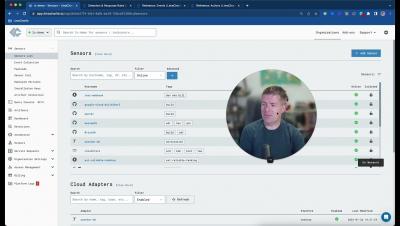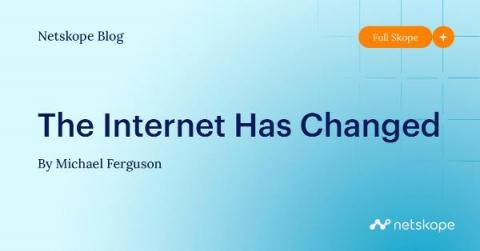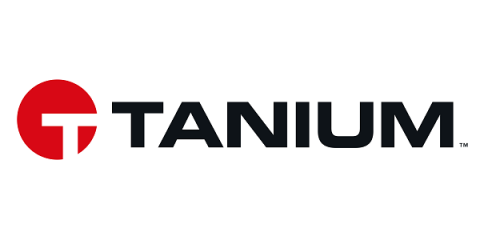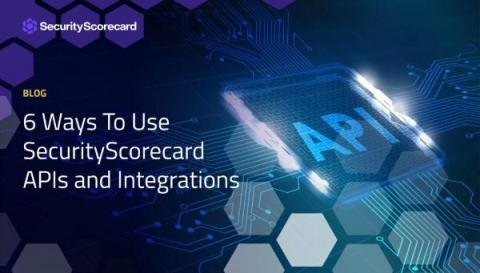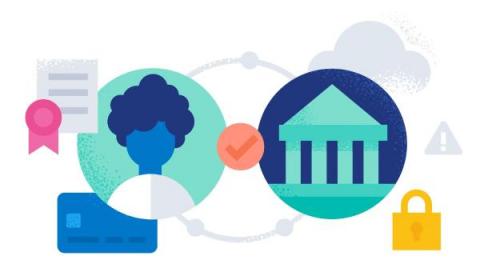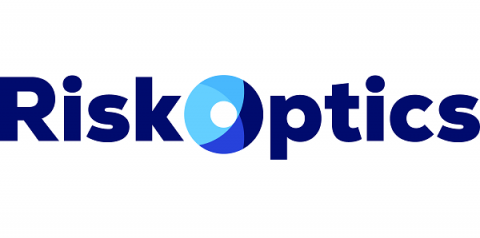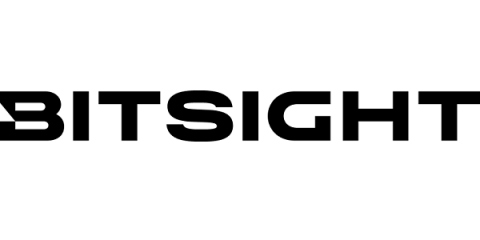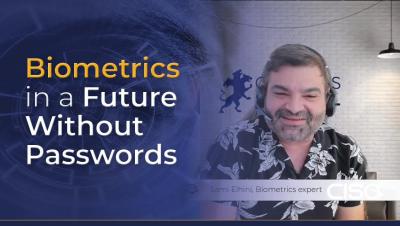Security | Threat Detection | Cyberattacks | DevSecOps | Compliance
Security
NCB Management Services Hit By a Cyber Attack Exposing Data for 500,000 Consumers
NCB Management Services is a debt-buying company that acquires debt from other businesses and attempts to collect that debt. The organization works with many major companies, such as Bank of America, and it suffered from a serious data breach recently. Since NCB works with so many major companies, customers of those companies can be put at risk of data loss when their data is lost.
The Internet Has Changed
Over the last decade, the internet has undergone significant changes. While in the past the internet was primarily used for accessing information, in recent years it has become a connectivity tool, providing access to critical business SaaS and IaaS. These cloud-based services have enabled businesses to be more agile and flexible, supporting remote work and vastly improving collaboration with colleagues across the globe.
CTI Roundup: How Weak is Your Password?
Key findings from the Specops 2023 Weak Password Report, a look at the recently exposed APT43 hacking group, and a breakdown of the New AlienFox toolkit.
6 Ways To Use SecurityScorecard APIs and Integrations
Optimize your security workflows and deliver intelligence everywhere you work with the largest ecosystem of integrated technology partners in cyber risk ratings. SecurityScorecard provides Application Programming Interface (API) access for all our data allowing you to get more contextual security insights, app integrations, and detailed information about your current or prospective vendors. You can leverage our APIs and Integrations in the following ways.
Banks are leveraging modern cloud security tools to mitigate human error
ChatGPT: The Cyber Risk vs. Reward
Bug Bounty Programs: Boosting Public Confidence in Your Product
What is Vulnerability Monitoring? Benefits, Tools, and Best Practices
In today’s ever changing cyber risk landscape, your organization must adopt a vulnerability management framework to control exposure and remediate risks in a timely manner. In an earlier blog, we explained the vulnerability management process. Here, we explore a key part of that process – vulnerability monitoring – in greater depth.


